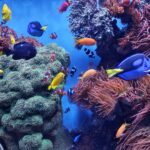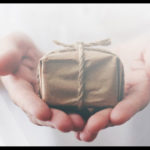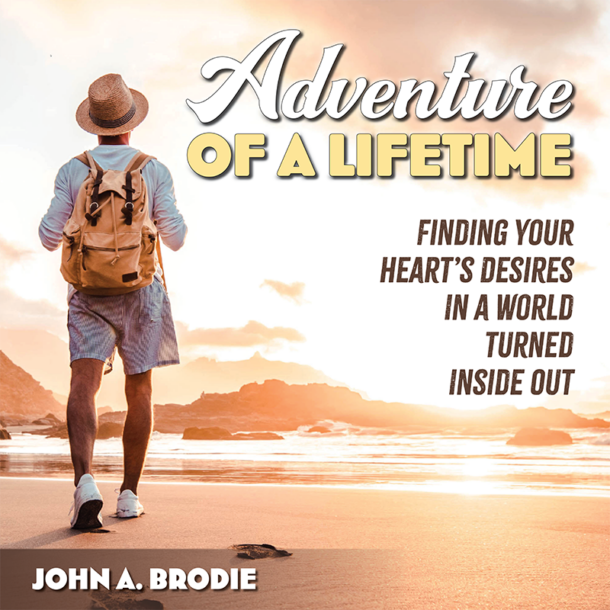
“Urine is liquid gold.”
Students from the University of Cape Town (UCT) have created the world’s first bio-brick using human urine. Announcing the innovation, the university described it as “signaling an innovative paradigm shift in waste recovery.” It’s the brainchild of Suzanne Lambert, a civil engineering student, and Vutheka Mukhari.
Lambert’s supervisor and senior lecturer in water quality at UCT, Dr Dyllon Randall, said the bio-bricks are created through a natural process called microbial carbonate precipitation. He said it is not unlike the way seashells are formed. “In this case, loose sand is colonized with bacteria that produce urease,” he said in a statement. “An enzyme, the urease breaks down the urea in urine while producing calcium carbonate through a complex chemical reaction.”
“This cements the sand into any shape, whether it’s a solid column, or now, for the first time, a rectangular building brick,” he explained.
Lambert said the project has been a huge part of her life for the past year and a half.
“I see so much potential for the process’s application in the real world. I can’t wait for when the world is ready for it,” she said.
The university said the concept of using urea to grow bricks had been tested in the United States several years ago using synthetic solutions, but Lambert’s brick uses real human urine for the first time — with significant consequences for waste recycling and upcycling. It said Lambert’s work builds on foundational research by Jules Henze, a Swiss student who spent four months working with Randall on this concept in 2017.
UCT said the development is also good news for the environment and global warming as bio-bricks are made in molds at room temperature. Regular bricks are kiln-fired at temperatures around 1,400 degrees Celsius and produce vast quantities of carbon dioxide — the main greenhouse gas.
“For the past few months Lambert and civil engineering honours student Vukheta Mukhari have been hard at work in the laboratory testing various bio-brick shapes and tensile strengths to produce an innovative building material,” the university’s statement continued. And Randall said the strength of the bio-bricks would depend on client needs.
“If a client wanted a brick stronger than a 40% limestone brick, you would allow the bacteria to make the solid stronger by ‘growing’ it for longer,” he said. “The longer you allow the little bacteria to make the cement, the stronger the product is going to be. We can optimize that process.” In addition, the bio-brick process produces nitrogen and potassium as by-products, which are important components of commercial fertilizers. Randall said, chemically speaking, “urine is liquid gold.”
He said it accounts for less than 1% of domestic waste water (by volume) but contains 80% of the nitrogen, 56% of the phosphorus, and 63% of the potassium of this waste water. “Some 97% of the phosphorus present in the urine can be converted into calcium phosphate, the key ingredient in fertilizers that underpin commercial farming worldwide,” he said. This is significant, according to Randall, because the world’s natural phosphate reserves are running dry.
Randall has also worked on a study exploring the potential for creating a zero-waste urine collection scheme that would see urine collected and converted into useful products ‚ including fertilizer and the bio-bricks. “No-one’s looked at it in terms of that entire cycle and the potential to recover multiple valuable products,” he said. “The next question is how to do that in an optimized way so that profit can be created from urine.” Another of Randall’s masters students is now investigating the transport logistics of urine collection and treatment with “some very promising results,” according to UCT.
In the run-up to unveiling the bio-brick, both Lambert and Mukhari expressed optimism about the potential of innovation in the sustainability space.
“Working on this project has been an eye-opening experience,” said Mukhari. “Given the progress made in the research here at UCT, creating a truly sustainable construction material is now a possibility.”
Randall said the work is challenging people’s thinking and had the potential to inspire significant shifts with respect to how society views waste and the upcycling of that waste.
“In this example, you take something that is considered a waste and make multiple products from it,” he said. “You can use the same process for any waste stream. It’s about rethinking things.”
Learn More: Global Citizen Festival: Mandela 100 in Johannesburg on Dec. 2
Why Global Citizens Should Care
The UN’s Global Goals call for environmental action, including sustainable consumption and production, and creating cities and communities that are sustainable. These bio-bricks are a great example of how innovation can drive forward sustainability efforts. Join us by taking action to protect the environment here.








